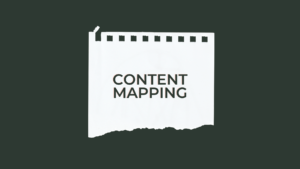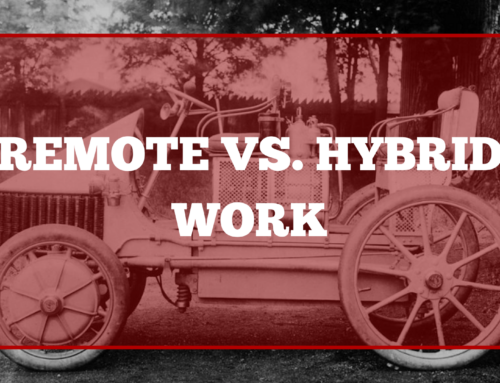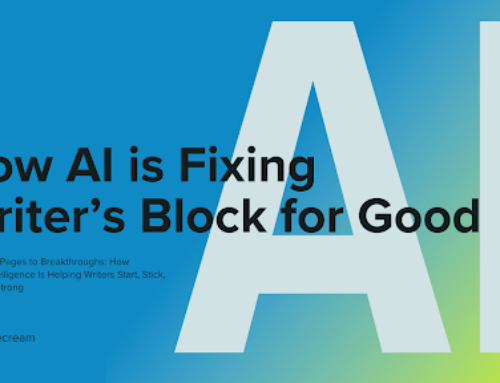
Google algorithms suggest that content creation has proved to be an effective strategy for the success of small businesses. Some studies suggest that businesses with blogs have shown more success and efficiency than those without blogs or any form of media interaction. However, content creation is a vague tool used by many people on the internet, for which most of it becomes irrelevant. This is where content mapping comes in.
What is Content Mapping?
Content mapping is a process or a marketing strategy to understand the audience better. It is a tool that explains how to persuade potential customers into becoming buyers through their customer journey.
It is essential to have a content map to plan the right content for the right people and provide it at the right time. You need to know what will drive customers to your website and whether you will be able to provide a valuable front to your audience.
Why is Content Mapping important?
When it comes to content, diversity is necessary to ensure that you are covering multiple different topics and deriving promising leads for your company. This ensures that your customers have a more unique and personalized journey towards your product, brand, or service. However, coming up with different topics for a targeted content strategy is quite difficult. Monotony in your content will stop customers from going through the funnel. Content mapping will help you produce targeted content for targeted audiences at the right time. Each piece of content should be different from one another and serve a clear and specific purpose. It will help you understand the characteristics of your customers better, which will further lead to better sales. Here is a complete guide to you map your content effectively. Besides, we are also including a free template to ease things for you. Keep reading!
A Step-by-Step Guide to Creating a Content Map:
1. Create a Template: In your template, you will research your analytics. Try to learn more about what current customers like in the form of surveys or interviews. Use social media platforms to derive more input on how relevant your service can be. Learn the difference between a ‘reader’ and a ‘buyer’. What might compel a reader to become a potential buyer? Use your research analytics to answer this question. Provide reviews, demos, and proof of the effectiveness of your product or brand. Know your current target audience and know who you want them to be in the future. How will you appeal to them? How will you solve their problems? Why would they reach out to you? Have a clear picture of what you want to achieve from your customers and work towards it. Having a brand storyline with your customer as the main character is crucial. Address the problems that they might be having and provide effective solutions. Put yourself in your customer’s place. Think about what would lead you to purchase something. Use their emotions and thoughts in their journey. For your convenience, we have attached a sample template. Keep reading to learn more!
2. Buyer Persona: The buyer persona is the fictional representation of what you want your ideal customers to be like. This will help you create more personalized content focusing on the specific needs and concerns of your customers. To develop the buyer persona, you need to gather insight from your current customers and market research.
3. The Three Stages: There are essentially three stages in the customer journey – awareness, consideration, and decision-making. In the awareness stage, the potential customer has realized a problem. In the consideration stage, they are searching for possible solutions to the problem. In the last stage, they have defined a solution method and are looking for providers. What you need to do is combine these attributes with the customer journey or buying cycle in order to produce content.
4. Combining personas with the three stages: The top of the funnel (TOFU) is generally addressed by the awareness stage. Think of how your content will inform people about the problem for them to continue down the funnel. Think about what problem they are trying to solve, what will help them identify their problem, and try to provide more value than other companies. The content should focus on their needs and not be product-based from the beginning. When your customers have been provided with complete information about their problems and given effective solutions, they have entered the consideration stage. This is where you start offering a solution through your product or service. At this point, customers will be evaluating various options. Now, you need to provide for a clear and straight solution. Use demos, videos, and pictures to clear any doubts that they might be having. In the decision stage, you need to directly market your products with practical examples of why they should choose you. Involve customer reviews and social proof to build trust.
It is necessary to have a mapping visualization because it helps you focus on the goal of approaching and persuading potential buyers. The right content at the right time is extremely important for your company’s growth. By mapping your customer’s interests, your chances of gaining their trust and attention increase much more, and it will ultimately help you increase your customer base.
Click here to take a look at a free sample template for your next blog!
We hope you found the article helpful. Don’t forget to share your thoughts in the comment section. All the best!

